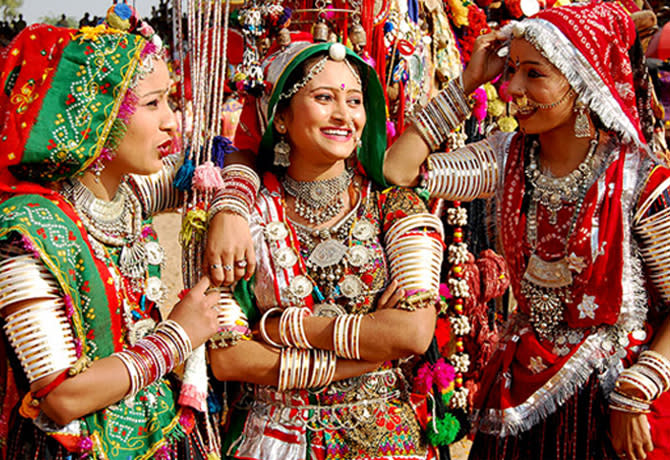SST HOLIDAY HOMEWORK TASK-2 Vedika Thakur 8-A
SST HOLIDAY HOMEWORK
TASK-2
Title: Exploring the Vibrant Bhil Tribe: A Glimpse into Their Geographical Location, Lifestyle, Culture, Uniqueness, and Government Support
Introduction:
The Bhil tribe, one of the largest indigenous communities in India, holds a rich cultural heritage and a unique way of life. In this blog, we will delve into various aspects of the Bhil tribe, including their geographical location, lifestyle, culture, uniqueness, and the government support initiatives aimed at preserving their traditions.
1. Geographical Location:
The Bhil tribe primarily resides in the central and western regions of India, with significant populations in states such as Rajasthan, Gujarat, Madhya Pradesh, and Maharashtra. Their communities can be found in the hilly and forested areas, where they have maintained a close connection with nature for centuries.
2. Lifestyle:
The Bhil tribe leads a predominantly agrarian lifestyle, relying on subsistence farming and forest produce for their livelihoods. They have deep knowledge of the local flora and fauna, using traditional hunting, fishing, and gathering practices. The Bhils are known for their resilience and ability to adapt to diverse environments.
3. Culture:
The Bhil culture is characterized by vibrant art forms, rituals, and customs. They have a distinct language, which is often a mix of Bhili, Hindi, and other regional dialects. Music and dance play a significant role in their social gatherings, with traditional instruments like the Mandal, dholak, and tarpha being commonly used. The Bhils also have intricate craftsmanship skills, creating beautiful tribal art, pottery, and textile work.
4. Uniqueness:
One of the unique aspects of the Bhil tribe is their strong sense of community and collective decision-making. Their social structure is based on extended families, with the village council playing a crucial role in resolving disputes and making community-wide decisions. The Bhils also have a deep-rooted spiritual belief system, worshipping various deities and nature spirits.
5. Government Support:
Recognizing the importance of preserving indigenous cultures, the Indian government has implemented several initiatives to support the Bhil tribe. These include educational programs aimed at promoting the Bhil language and culture, healthcare facilities in tribal areas, and economic empowerment through skill development and employment opportunities. Additionally, government agencies work closely with Bhil communities to protect their land rights and ensure sustainable development.
Conclusion:
The Bhil tribe is a testament to India's rich diversity and cultural heritage. Their geographical location, lifestyle, and unique cultural practices contribute to the tapestry of Indian society. With government support initiatives in place, there is hope for the continued preservation and celebration of the Bhil tribe's traditions. Raising awareness and appreciation for their invaluable contribution to our nation's cultural mosaic is essential.





Comments
Post a Comment